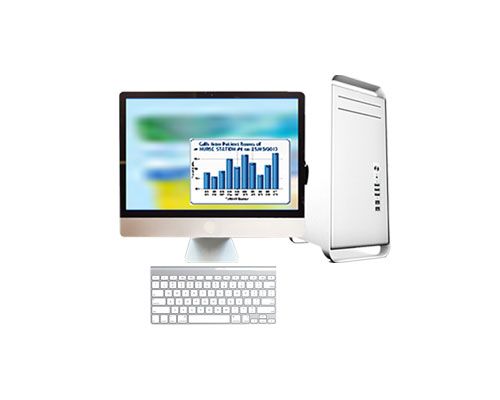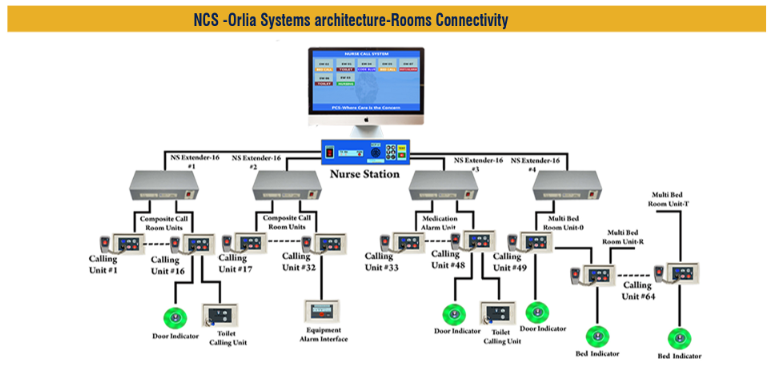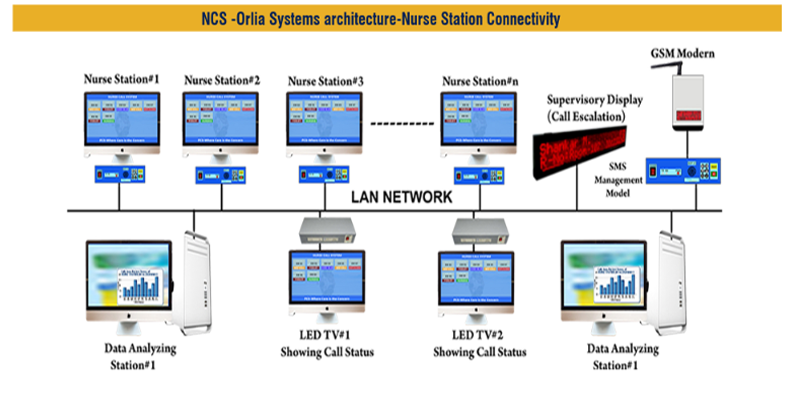Close

1. Flexible system architecture based on system-on-chip technology.
2. Protecting the patient's safety by using a low working voltage.
3. Record of every patient call till they are attended.
4. Attractive multicolor door and bed indication display call status on a larger LCD
screen.
5. Narrating calls with high-quality voice.
6. Centrally data can be monitored of all running NCS by the higher authority.
7. Displaying room numbers for relayed calls and code blue warnings from other
Nurse Stations.
8. System configuration and customization via menu.
9. Extra care for room service can be used through our NCS.
10. Comprehensive call forwarding and call escalation features.
11. Display of call in the order of originating time.
12. Allows LAN Nurse Station networking.
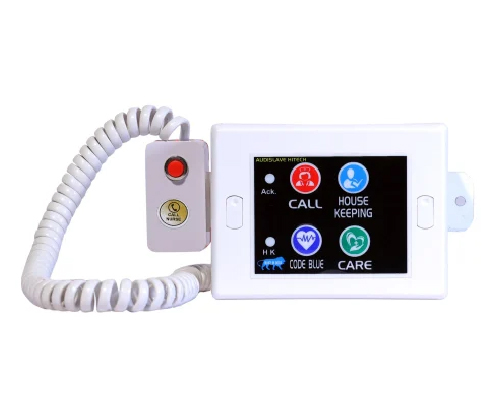
● The five feather touch keys are as follows: CALL, CARE, CLEAR (to end the call),
CODE BLUE (for emergencies), and XTRA HELP.
● It connects to the palm switch, so you can call without leaving your bed.
● Includes a single multicolor LED for call status and two additional LEDs for
nurse presence and alarm indication.
● Storage for ultra-bright, multi-color LEDs.
● It is possible to view the entire corridor using a semicircular plastic housing.
● Low power consumption (under 600 mW) is required.
● Various call kinds and statuses are indicated.
● In common areas, it serves as a bed indicator.
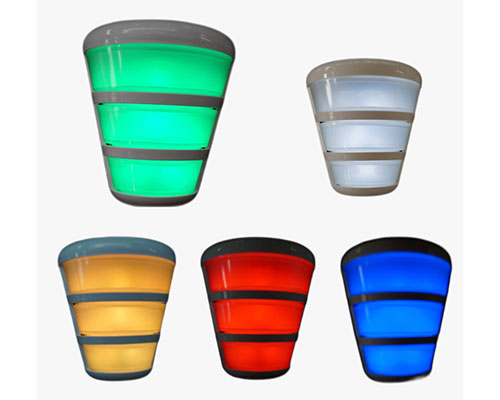
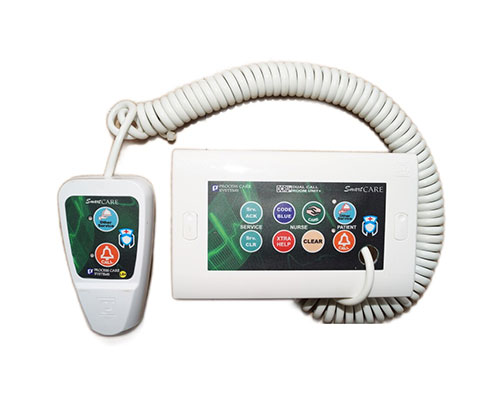
● Put a pull cord switch in there to make a call.
● Integrated light-emitting diode for call status indication.
● Connects to a maximum of four pieces of medical equipment.
● Can decipher the signals from medical devices that indicate potential free
contact, open collector, or active alarms.
● With the built-in alarm reset key, you can permanently turn off all alarm inputs
or reset an alarm state.
● Interface that powers the integrated power supply module.
● Electrical components: Requires 230 VAC power and uses less than 1 watt.
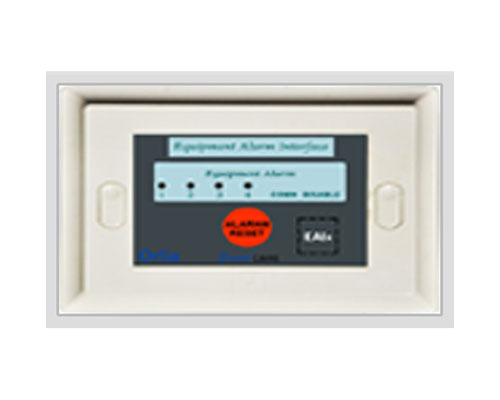
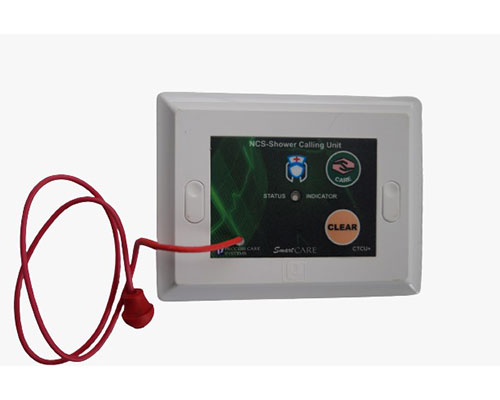
● In addition to the following unique features, the medication alarm unit is built
with all the functionalities of a single-room unit.
● It has a built-in programmable timer that can be used to track how alert a patient
is.
● You can program up to 40 alarms to initiate automated nurse calls for medication
administration reminders.
● It acts as an idling digital clock.
● Several call statuses, including the status of any pending calls, are displayed on
the LCD.
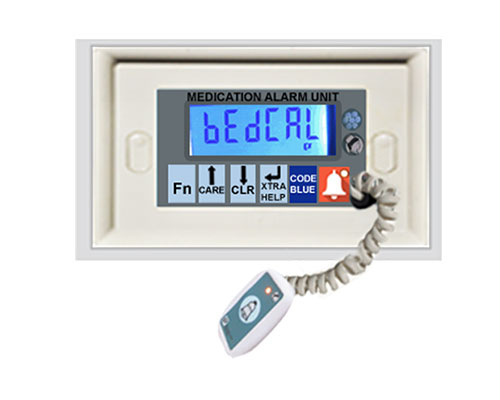
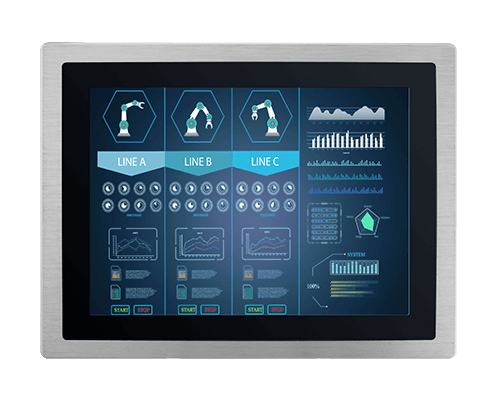
● Mode 1- Supervisory Alerts
This setting allows the selected nurse station to show the most important calls, escalated calls, and Code Blue alerts.
● Mode 2- Nurse Station Display
This mode allows you to recreate the displays of the Nurse Station that you’ve selected.
● Mode 3-Service Display
If a system uses dual call room units, this mode will be useful as it separates all service calls related to a certain Nurse Station and their display on the linked LCD.
